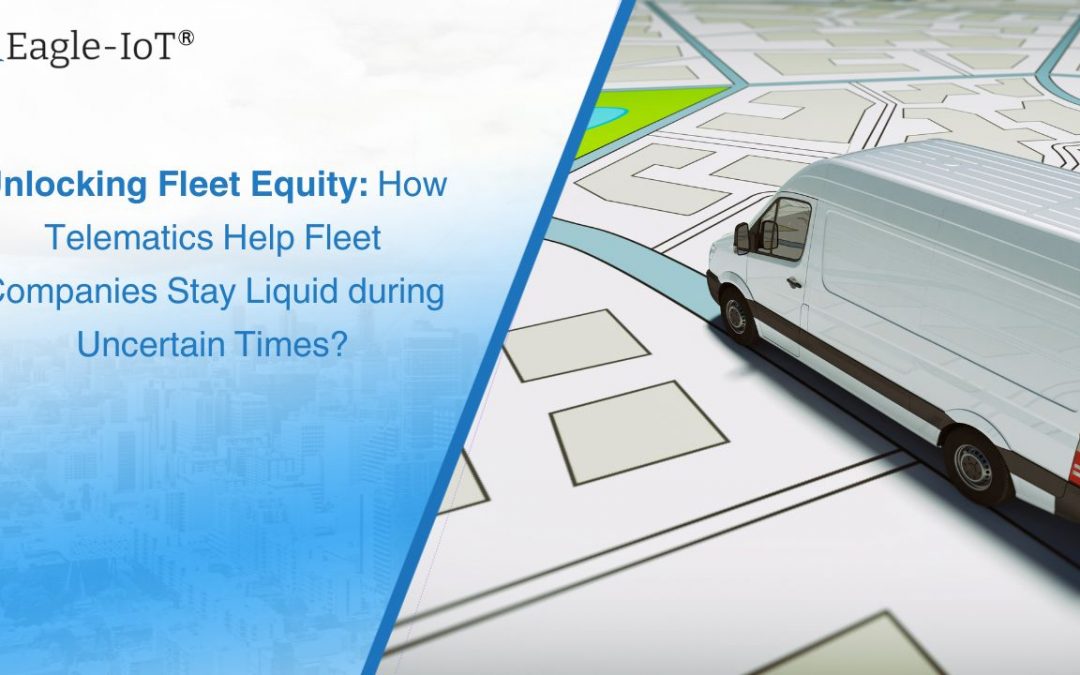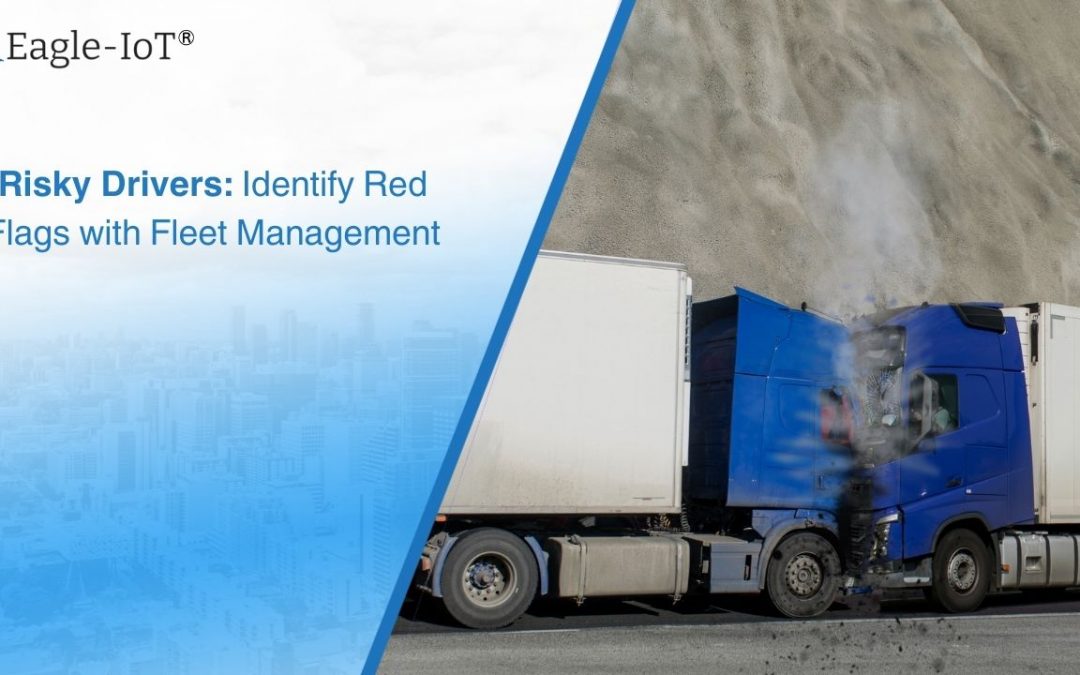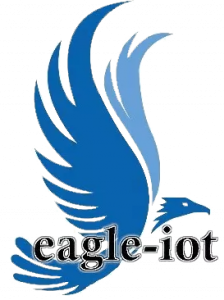
How the corporate fleet is being revolutionized?
How is the corporate fleet being revolutionized?
Fleet owners of corporate sectors are percolating the changes in their fleets by transiting their fleets from reactive to proactive with the use of connected technology. The technology of connecting vehicles has proven to be the turning point in the global economy whilst leaving their impacts utterly on every sector of the industry, with fleet management be one of this multi-faceted changes.
Besides vehicle connectivity, other factors contributing to this revolution is the migration to the IOT and the use of big data. Considering the aforementioned changes, they will be responsible for all aspects of fleet management from vehicle selection to maintenance management and the safety of the fleet. Big data being the sophisticated tool for analyzing, will help fleet managers to understand the relationships, recognize the trends and establish the new metrics for enhancing productivity and operational efficiency. For instance, data can be evaluated to identify the driving behavior trends for past accidents, and corrective measures can be done to circumvent the incidents.


Big data allows access to a huge amount of raw data from the fleet. This raw data can be used to take actions which will have a significant impact on all kinds of fleets regardless of their size and vocation. These next-generation productivity tools will aggregate and correlate massive amounts of data and turn these data points into the industry’s new best practices that, in turn, will evolve into the new best-in-class standards that will drive our industry.
If we say that the productivity of the fleet revolves around telematics, it is not wrong. Since the adoption of telematics by fleet owners, fleet productivity tools have been swiftly progressing. The standards of collecting data between the telematics providers and their devices have been drastically improved. For instance, the data generated by the vehicle, when combined with the data of predictive maintenance and its own maintenance schedule, will allow fleet managers to prevent the breakdown of vehicles and replace them on a vehicle-by-vehicle basis rather than a generalized replacement for all vehicles. This strategy will not only prove to be cost-effective but will also be time-efficient.















